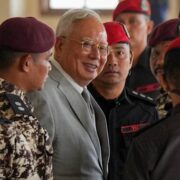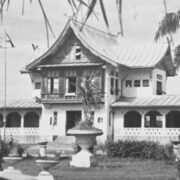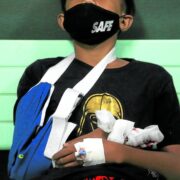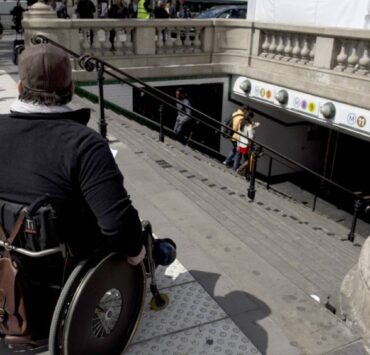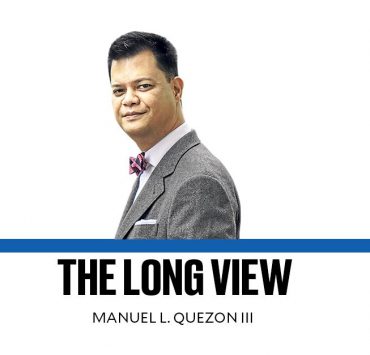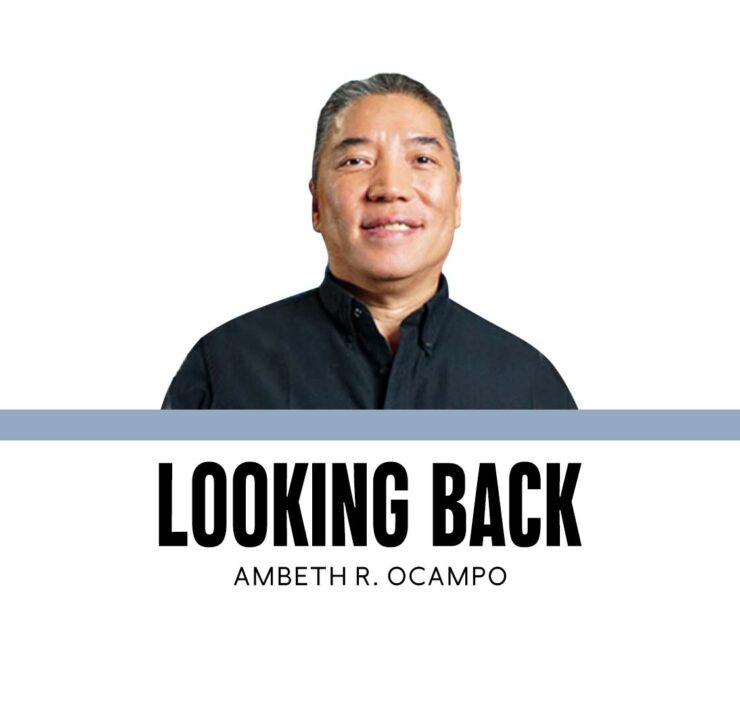‘Pambansang bayani, pambansang kontrabida’
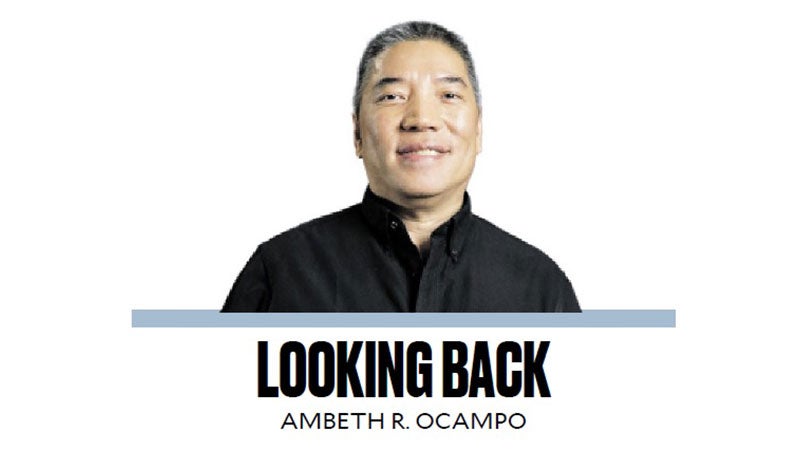
If we have National Heroes Day, why don’t we have National Villains Day? If we have a pantheon of Pambansang Bayani, why can’t we have Pambansang Kontrabida? What are heroes, after all, without villains? Can we learn as much from our forgotten villains as we would from our honored heroes? When you look closer at “kontrabida,” our word for villain, you will notice that it root word is “vida” or “life” in Spanish. Round rubber or plastic lifesavers we see in beaches and swimming pools are called “salbabida” from the Spanish “salvar” (to save) life (vida). So the villain is against (contra) life (vida).
In another time, another life, I spent National Heroes Day in the Libingan ng mga Bayani watching the President of the Philippines lay a wreath at the Tomb of the Unknown Soldier. This was a day to commemorate not just the heroes named in textbooks, whose images were fossilized in stone and marble; it was a day to remember the forgotten who also gave their lives for their country. The Libingan ng mga Bayani was set up to honor those who fell in World War II (WWII), it mimics the nearby American War Cemetery, except that rank seems to matter here. In the former, you see uniform white crosses perfectly laid out in lines on a perfectly manicured green lawn; in the Libingan, some graves are bigger or fancier than the rest, with two reserved not for soldiers but for presidents and National Artists of the Philippines.
For me, the most moving war memorial in the Philippines is the American War Cemetery in Fort Bonifacio where a seemingly unending line of white crosses and markers for non-Christians show us graphically how many lives were lost. On a covered pavilion, walls are carved with names of casualties, even those presumed dead even if their corpses were never found. Rank and designation follows each name and in the midst of all these, you recognize Filipino names. No graphic depictions of the violence of war here. Only quiet remembrance that makes you hope we never see war ever again. Yet war continues in other parts of the world. Nobody seems to have remembered Biblical text carved on a rock close to the United Nations Headquarters in New York City: “they shall beat their swords into plowshares, and their spears into pruning hooks; nation shall not lift up sword against nation, neither shall they learn war anymore.”
Two WWII memorials that made me rethink the (ab)use of history: In Mabalacat, Pampanga, the “Birthplace of the Kamikaze” is marked by a statue of a Kamikaze pilot, a twin of that standing in the controversial Yasukuni Shrine in Tokyo. Born decades after the war, the Kamikaze Birthplace was simply a historic site where Kamikaze pilots were trained. But to the late Benito J. Legarda Jr., who survived the war, it was inappropriate. An insult to Filipinos killed by the Japanese. He declared that Filipinos should never honor their former oppressors, the Japanese, with monuments.
Monuments, memorials, and commemorations are contested spaces in history. When I visited Nagasaki in 2014 and visited their Peace Museum, I was shown the death and devastation caused to the city and its inhabitants by the atomic bomb. At the end of my museum tour, I said we should never use nuclear weapons ever again. However, I noted that nowhere in the museum was any reference, no matter how small, about Japan’s atrocious military conduct in Southeast Asia that justified the bombing of Hiroshima and Nagasaki that brought an end to the war. Nowhere in the Nagasaki Peace Museum was it even hinted that if the bombs were not dropped on Japan, the war would have dragged on and brought about more death and suffering than those inflicted on the bomb targets. This contested history made me realize that we learn history to remember. But we do not really stop to ask ourselves: What do we remember and why? These two memorials made me realize that history is not always about remembering, it is also an opportunity to forget.
National Heroes Day was a day of remembering the heroes, and forgetting the villains. Remembering the positive, forgetting the negative. In the decades I have been talking and writing history, I have come to realize that history flits between memory and amnesia. In the vain search for a term to describe the space or interstices between remembering and forgetting, I had recourse to Greek mythology. Mnemosyne is the personification of memory. She slept with her nephew Zeus, for nine consecutive nights and gave birth to the nine muses—one of whom was Clio, goddess of history. Mnemosyne, Lady of the River Lethe where souls to be reincarnated drank to forget past lives. Therefore, Lethe was the personification of forgetfulness and oblivion. If we have “kasaysayan,” a word for history, do we also have gods for memory and forgetting? What do we call the gray area between the two?
Comments are welcome at aocampo@ateneo.edu
Ambeth is a Public Historian whose research covers 19th century Philippines: its art, culture, and the people who figure in the birth of the nation. Professor and former Chair, Department of History, Ateneo de Manila University, he writes a widely-read editorial page column for the Philippine Daily Inquirer, and has published over 30 books—the most recent being: Martial Law: Looking Back 15 (Anvil, 2021) and Yaman: History and Heritage in Philippine Money (Bangko Sentral ng Pilipinas, 2021).




